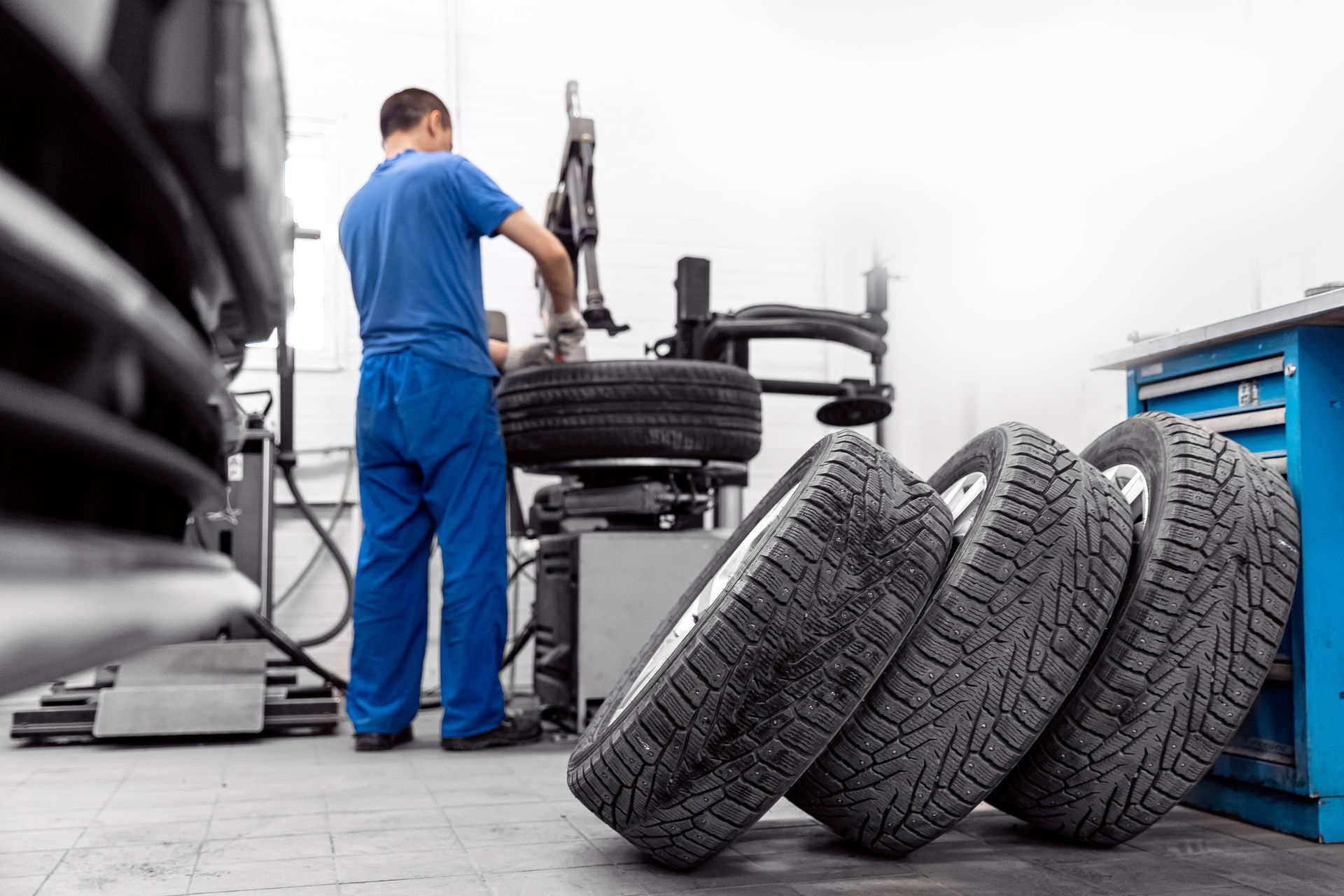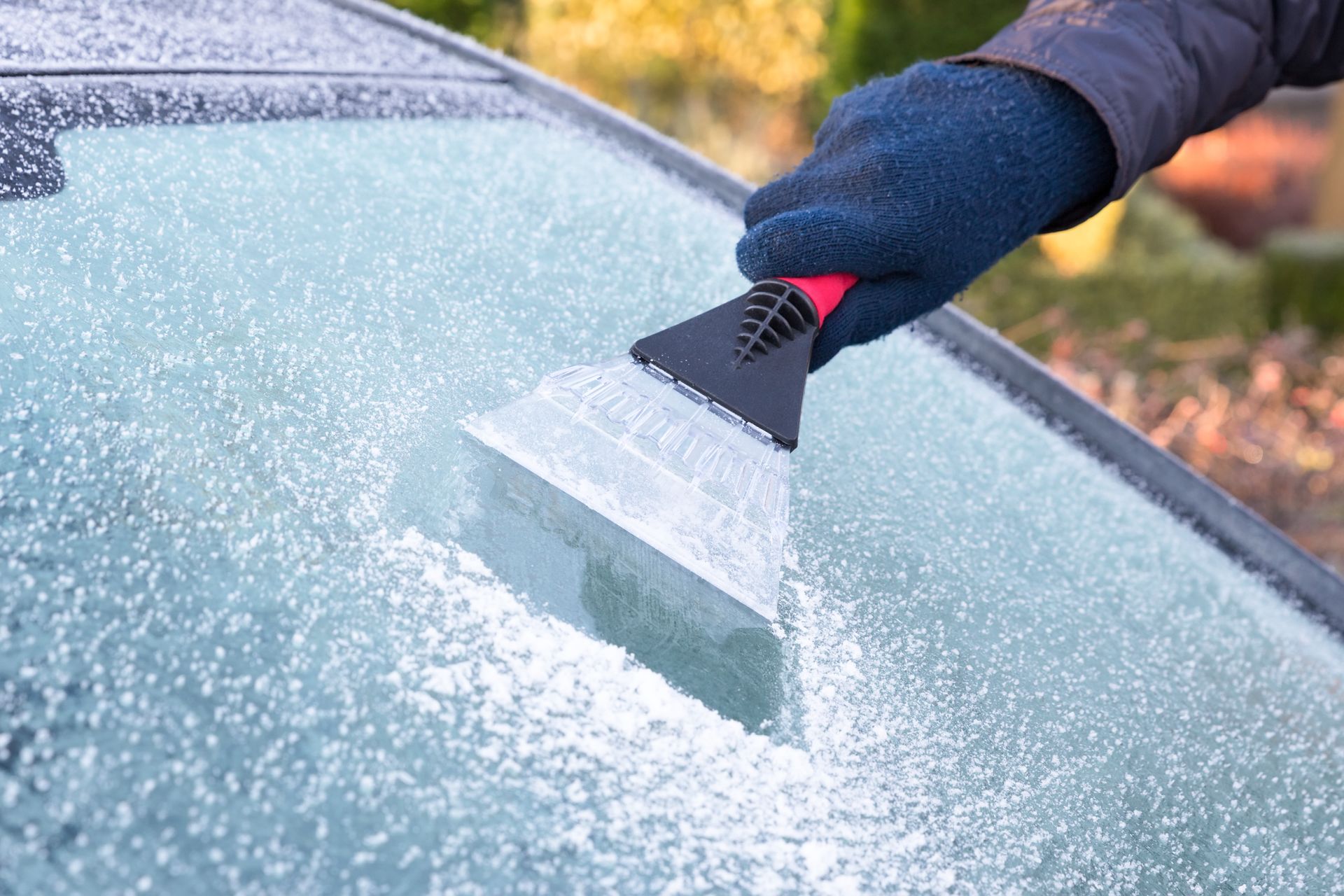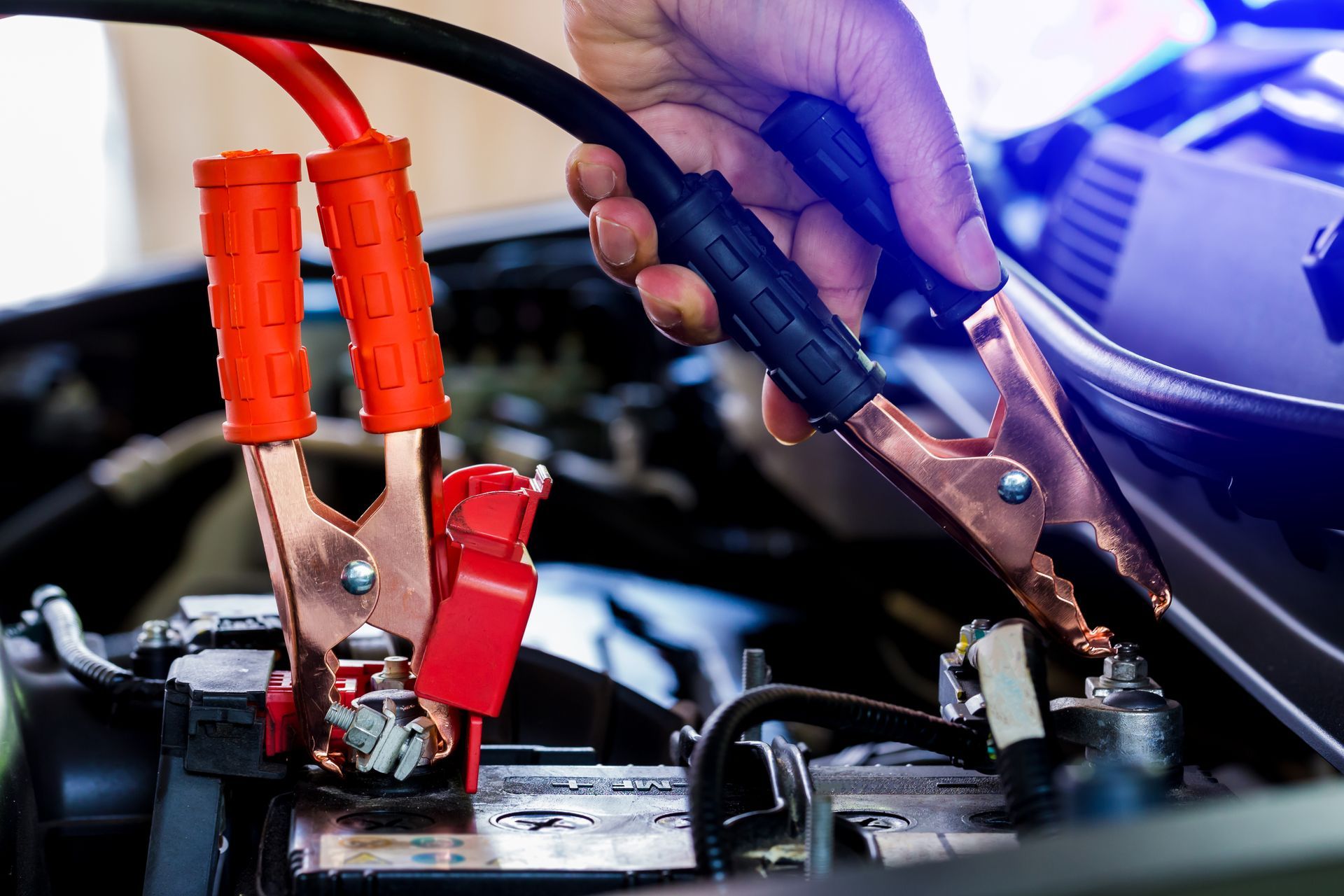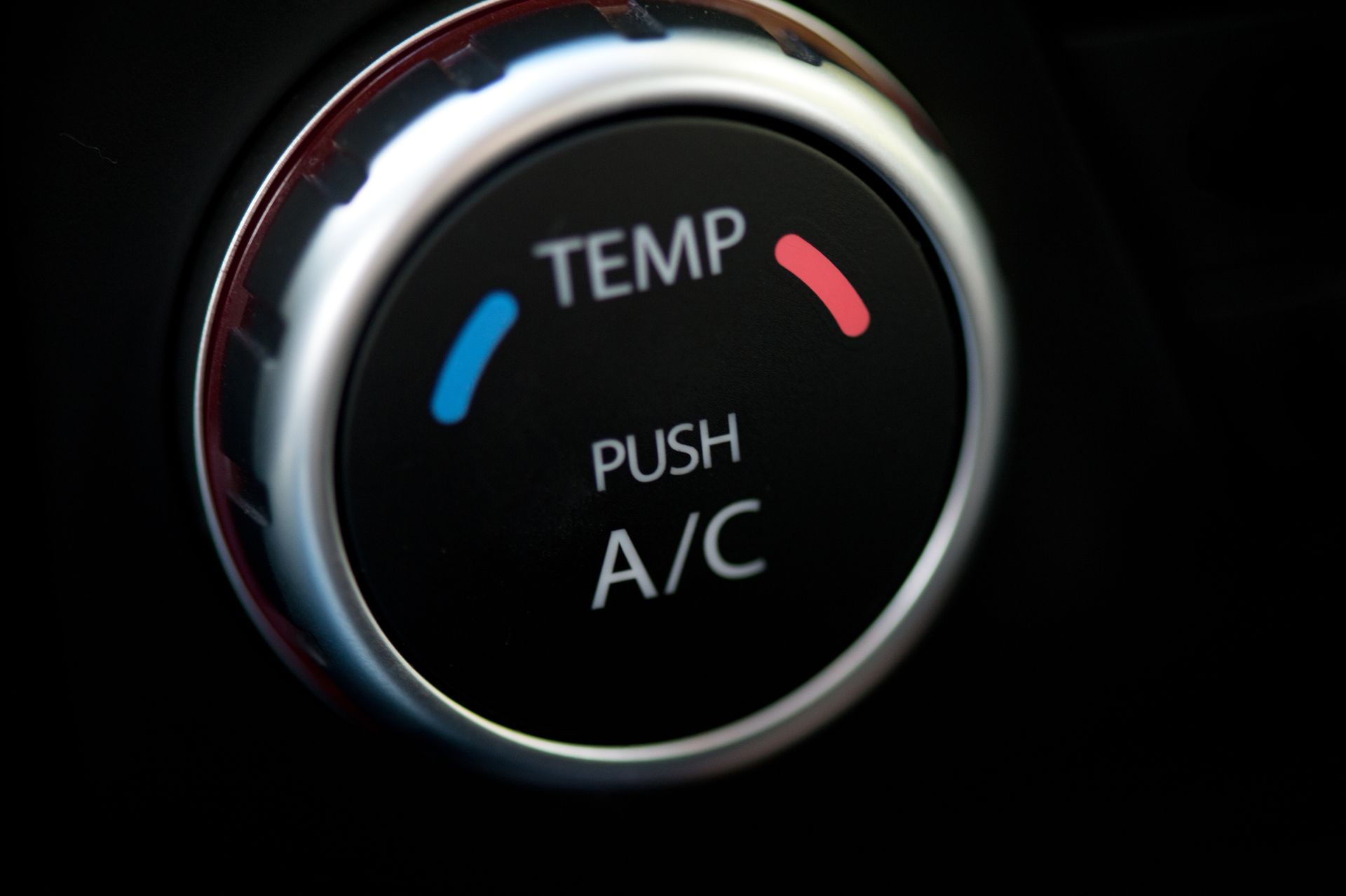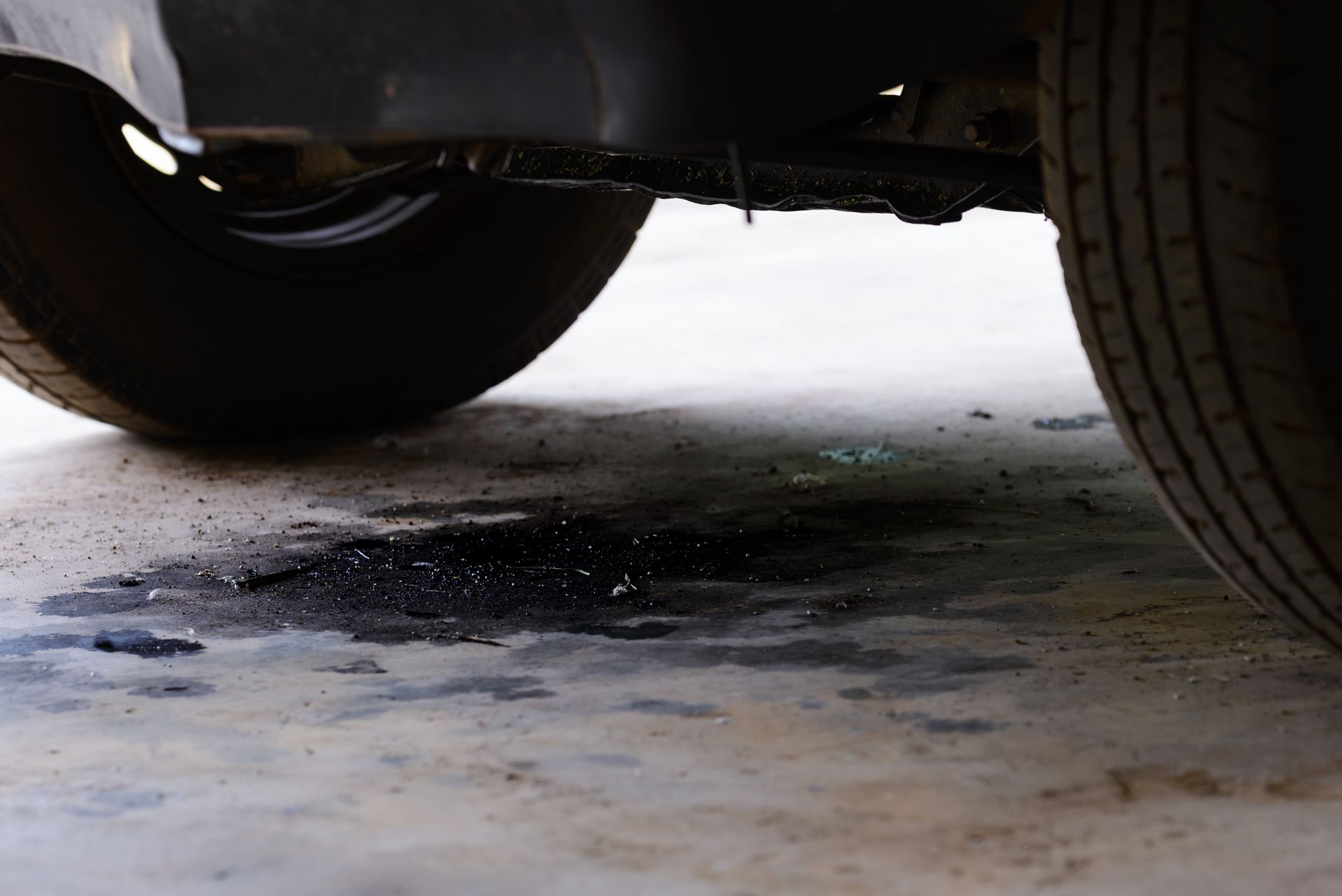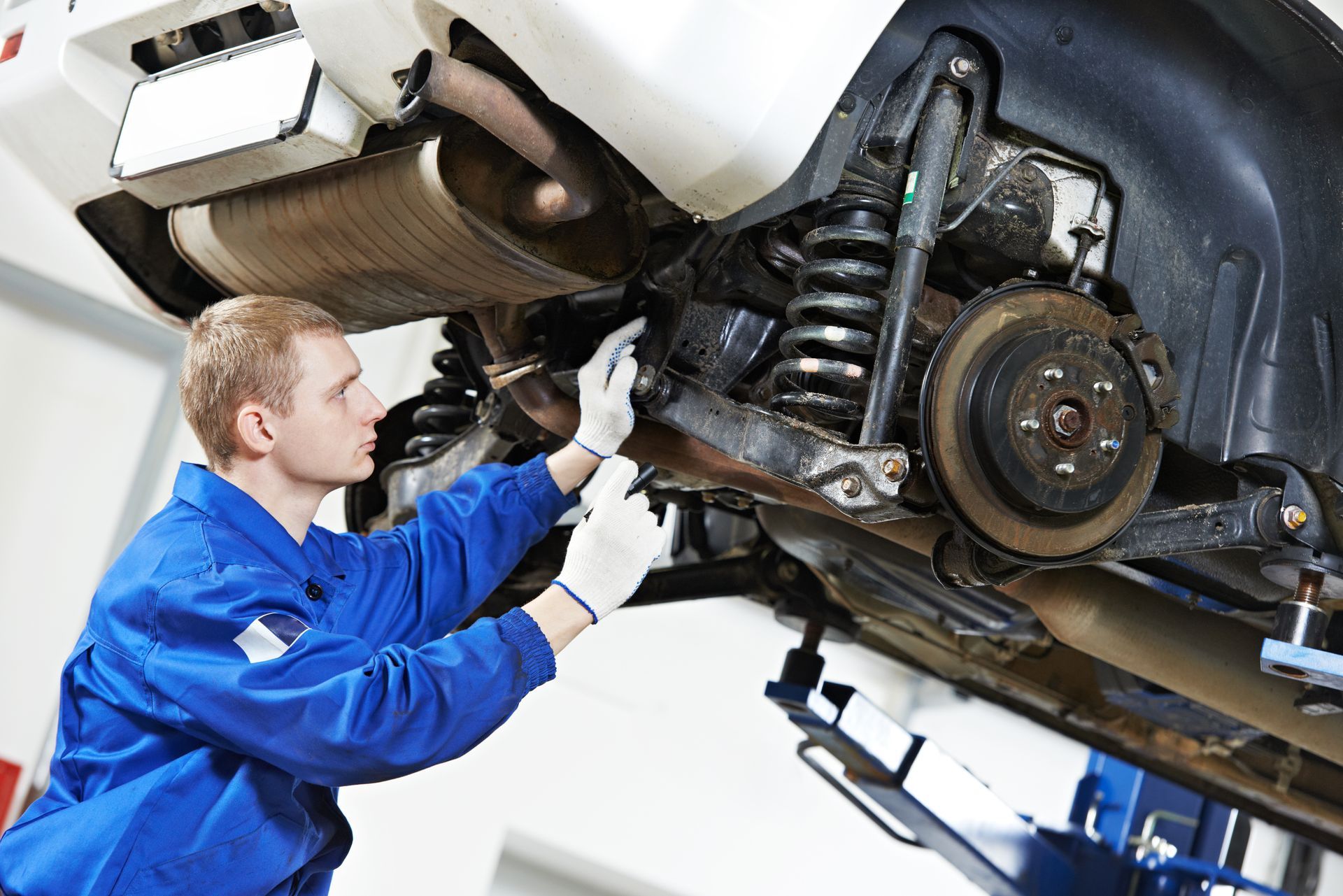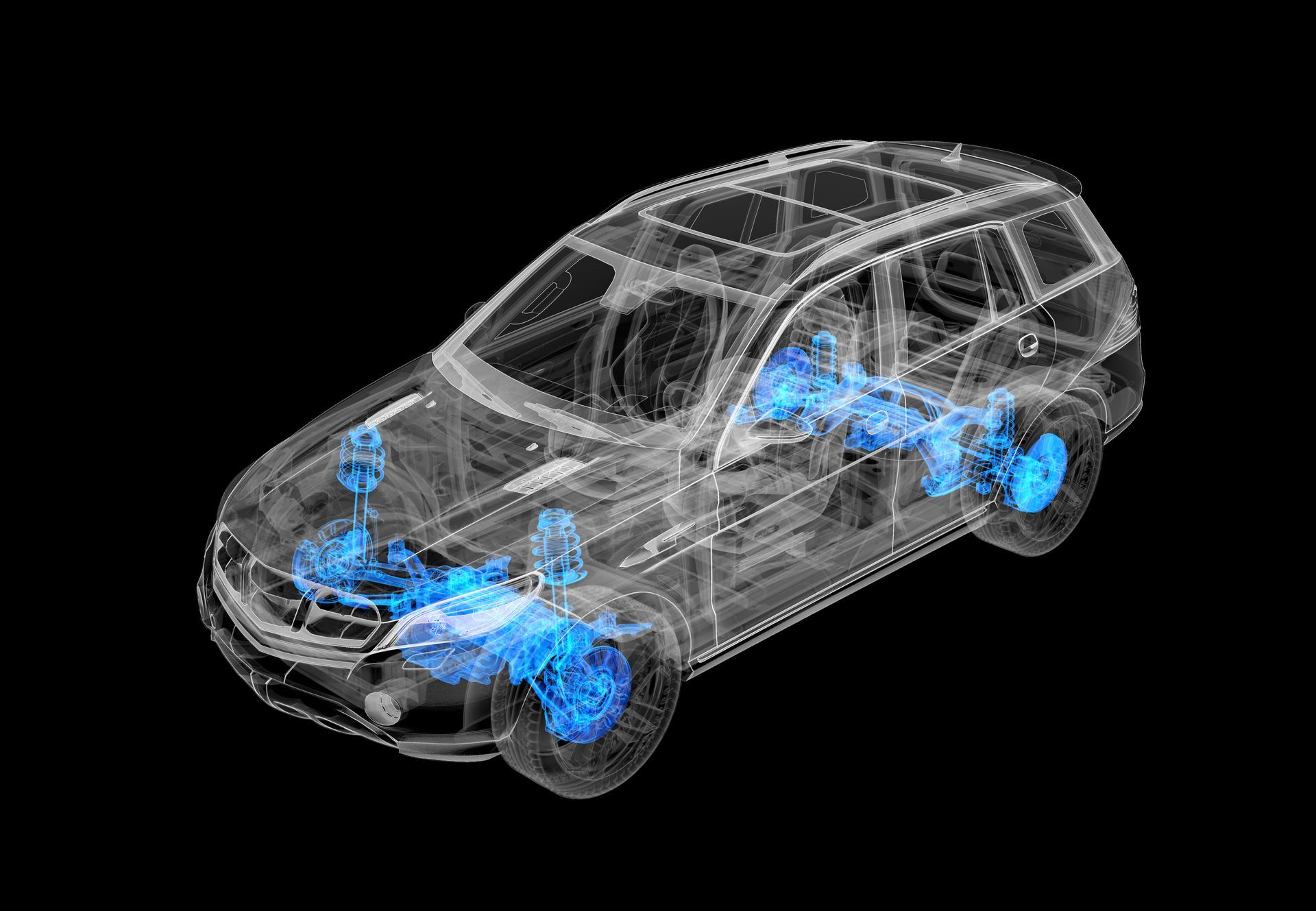Cold mornings often come with a familiar routine: starting the car a few minutes early so it can “warm up.” For decades, drivers have believed this step is essential for vehicle health during the winter. But is warming up your engine still necessary with modern cars? Or is it just a leftover habit from an older era?
Here’s what actually happens inside your engine when it’s cold, whether warming up is helpful, and how long you really need to wait before driving.
Why Engines Behave Differently in Cold Weather
When temperatures drop, motor oil thickens. This makes it harder for the oil to flow through the engine’s components, which means it takes longer to fully lubricate moving parts. Until the oil thins out with heat, the engine may run rougher or make more noise than usual.
Cold air also affects fuel combustion. Sensors in the engine adjust the fuel-to-air mixture to compensate, usually by adding more fuel during cold starts. That’s why fuel efficiency is often lower in winter, especially during short trips.
The Old Habit of Long Warm-Ups
Back in the era of carbureted engines, letting your car idle for 5 or 10 minutes in cold weather was a standard recommendation. Those systems needed time to get the fuel mixture just right and could stall if driven too soon.
However, most cars on the road today use electronic fuel injection. These systems automatically manage engine adjustments for cold temperatures, and they do it quickly. That means long warm-ups are unnecessary and wasteful.
Is It Still Necessary to Warm Up Your Car
For modern engines, the answer is simple: you only need to warm up your car for 30 seconds to a minute in most cases. That’s enough time for the oil to start circulating. After that, the best way to bring your engine to its ideal operating temperature is to drive gently.
Idling too long burns extra fuel and causes faster carbon buildup inside the engine. It also contributes to increased wear on spark plugs and emissions systems over time.
How to Warm Up Your Car the Smart Way
If you're trying to take care of your engine in the winter, here are a few practical tips that actually help:
Start your car, wait about 30 seconds, then begin driving slowly. This gives the engine time to get oil flowing and avoids sudden strain.
Avoid hard acceleration or high speeds for the first few minutes of driving. Gradual acceleration is easier on the engine and transmission.
Use a block heater if your area experiences extremely cold temperatures. This can help keep the engine warm overnight and make cold starts easier.
Don’t leave your car idling unattended for long periods. Not only is it inefficient, but in many places, it may also be against the law or pose a theft risk.
Why Interior Heat Takes Time to Work
A common reason people idle their cars in winter is to warm up the interior. But here’s the catch — the cabin heat comes from the engine coolant warming up. The faster the engine reaches operating temperature, the faster the cabin heats up.
So if you’re idling for warmth, you might actually be delaying the process. Driving gently is still the fastest way to get both the engine and the interior warm.
When a Longer Warm-Up May Be Reasonable
There are some situations where letting your car idle for a bit longer makes sense. If your windshield is iced over or you need to defrost before driving, a few extra minutes can be helpful and safer. Just remember that this is more about comfort and visibility than engine health.
Keep Your Car Running Strong with Help from Auto Smart in Wichita, KS
Whether you're dealing with cold-weather driving concerns or just want to make sure your engine is ready for the season, the team at Auto Smart in Wichita, KS, is here to help. We can check your battery, fluids, and engine systems to make sure everything is operating at its best.
Schedule a winter checkup today and drive with peace of mind all season long.

